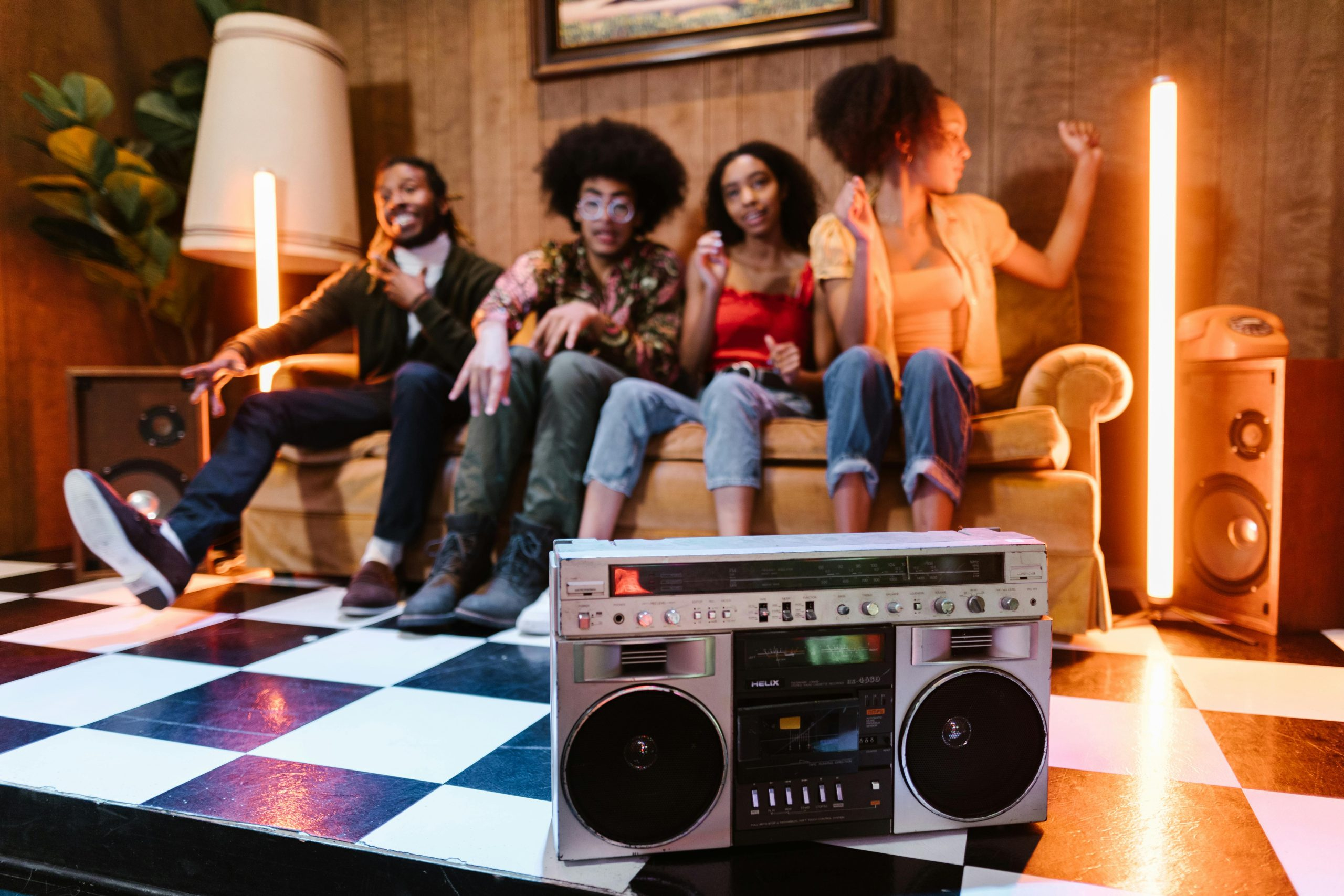Millennial Preferences: Why Urban Walkability Trumps Square Footage
Millennials are known for their unique preferences and lifestyle choices. Unlike the baby boomers or Gen X, this generation has a very different set of priorities. While older generations may prioritize traditional markers of success such as square footage and job prestige, millennials have a different set of values when it comes to their living and working spaces. The rise of urbanization and the increasing focus on sustainability have led to a notable shift in the preferences of this generation. In this article, we will explore why urban walkability has become a key factor in millennial preferences, and why it often trumps the size of their living spaces.
The Millennial Mindset
To understand why walkability has become such an important factor for millennials, we first need to understand their mindset. This generation values convenience, connection, and experiences more than ever before. They prioritize living in vibrant, bustling cities, surrounded by diverse cultures and activities.
For millennials, a car-centric lifestyle and being cooped up in large, isolated suburban homes hold little appeal. They opt for spaces that allow them to easily connect with others and have access to all the amenities and opportunities a city has to offer.
Efficient & Sustainable Living
Millennials are also highly conscious of their impact on the environment. With an increasing focus on sustainability, walkability meets their need for a more efficient and eco-friendly lifestyle. It allows them to reduce their carbon footprint by reducing their dependence on cars and opting for more sustainable modes of transportation such as walking, biking, and public transit.
Additionally, living in walkable neighborhoods reduces the need for extra space, as everything they need is within their reach. This means less energy consumption and ultimately, a smaller environmental footprint.
The Cost Factor
The high cost of living in cities has also contributed to the rise in demand for more walkable neighborhoods among millennials. As prices for living spaces in cities continue to soar, square footage has become a luxury that many of this generation cannot afford. Urban walkability offers a more affordable alternative, as it allows them to live in smaller, more efficient spaces without sacrificing convenience or location.
Furthermore, walkability also reduces the need for owning a car, which can be a significant monthly expense. This frees up more resources for millennials to allocate towards their preferred lifestyle choices, such as eating out, traveling, and attending events – all of which are easily accessible in walkable neighborhoods.
The Mental & Physical Health Benefits
Living in walkable neighborhoods not only benefits the environment and a millennial’s financial situation, but it also has positive effects on their mental and physical health. According to a study by the American Heart Association, people who live in walkable neighborhoods are more physically active and less likely to be obese. They are also less likely to suffer from depression and stress, thanks to the easy access to outdoor spaces and community activities.
The Bottom Line
Millennials are paving the way for a new era of urban living, and walkability has become a non-negotiable factor in their preferences. From convenience and sustainability to cost-efficiency and health benefits, urban walkability offers a multitude of advantages for this generation. As more and more millennials enter the housing market, it’s safe to say that the demand for walkable neighborhoods will continue to rise, making it a key factor to consider for both real estate developers and homebuyers alike.











